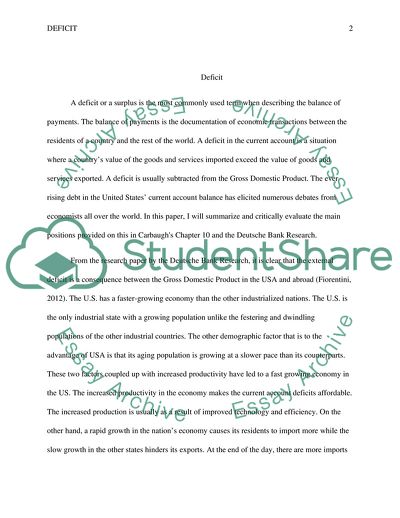Deficit Essay Example | Topics and Well Written Essays - 1000 words. https://studentshare.org/macro-microeconomics/1873528-deficit
Deficit Essay Example | Topics and Well Written Essays - 1000 Words. https://studentshare.org/macro-microeconomics/1873528-deficit.


